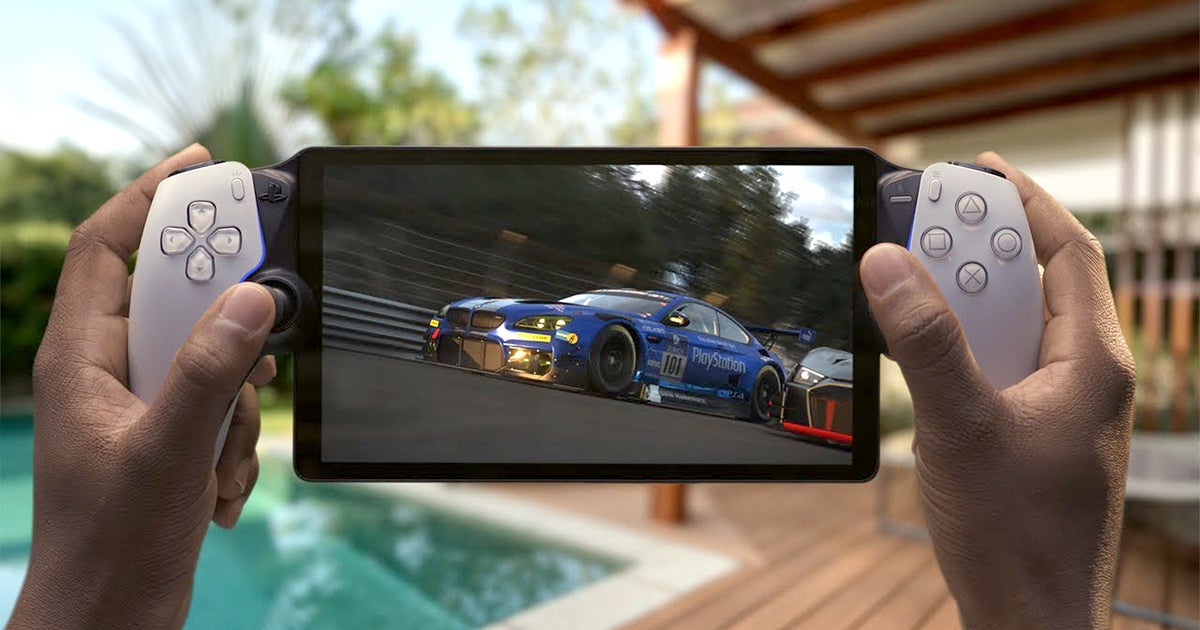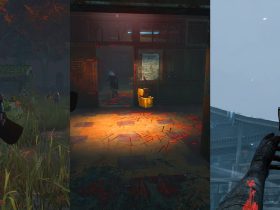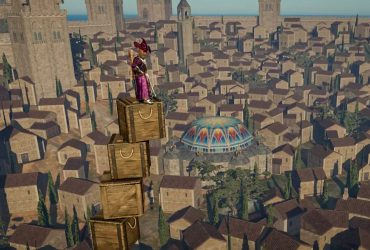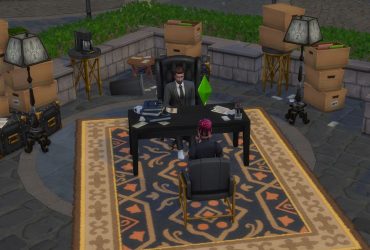This week’s Digital Foundry Direct Weekly kicks off with first impressions on Sony’s PlayStation Portal, which we received around the same time that the embargo lifted. Since then, the device has already sold out and in my experience, it’s already commanding anything up to a £150 price premium. Well, it’s a bit of a stretch to justify its £199 sticker price and I wouldn’t recommend paying a penny more. When it works, it’s fine, but I can’t help but think that a first-party device from a console manufacturer should not ship in a state where the core quality of the device is entirely reliant on third-party equipment it has no oversight over.
That’s the key thing about console gaming, in my opinion. Every device is the same, so by extension, the gameplay experience should be quantifiably and qualitatively identical for every user. By relying exclusive on its existing Remote Play functionality – a value-added extra, remember – the quality of gameplay on the Portal is reliant on a massive range of factors outside of Sony’s control.
Owing to existing commitments, I’ve only spent a few hours with PlayStation Portal and I’ve only tested it in two scenarios. I’d say that the first scenario is close to perfect conditions: the PlayStation 5 and my home router are within 1m of each other, hooked up via a LAN cable. This means that there’s effectively no latency between the console and the router. Secondly, the Portal itself is within 1-1.5m of the router.
- 0:00:00 Introduction
- 0:00:52 News 01: PlayStation Portal first impressions!
- 0:26:47 News 02: New Suicide Squad deep dive video lands
- 0:45:01 News 03: RetroTink 4K to cost $750 USD
- 1:00:42 News 04: EA WRC PC update
- 1:08:59 News 05: Steam Deck OLED vs ROG Ally!
- 1:25:12 News 06: John’s continuing Meta Quest adventures
- 1:37:23 Supporter Q1: Will we ever see an arcade racing resurgence?
- 1:43:53 Supporter Q2: Did Starfield ship ‘unoptimised’? Why did it take so long to improve performance and add DLSS?
- 1:54:27 Supporter Q3: Is it possible Nintendo’s next console will be a traditional home system?
- 1:58:30 Supporter Q4: Is the Xbox One the only console to be obsoleted completely by its successor?
- 2:04:19 Supporter Q5: Will you ever do a retrospective on failed past consoles, like the Ouya?
In this scenario, the Portal works OK. By placing the Portal in front of my LG OLED CX running the console directly in low latency game mode, using Gran Turismo 7‘s on-screen timer, I can see that there’s about 60ms of extra lag. That’s not too bad, but definitely noticeable. Essentially, a 60fps game like Marvel’s Spider-Man 2 running in performance mode feels like a 30fps experience, but it’s OK – just not great. Bothersome are the banding artefacts, smearing in fast movement and occasional frame-drops. And that’s in what I’d describe as a best case scenario.
The second test I did was to leave the room, go downstairs and play in my lounge – about 12m away. The WiFi quality icon drops down a bar, connecting to the PS5 takes longer and gameplay is nothing like the same as it was next to the router. Video quality changes from best to what I guess is medium quality at points, there are times when the feed momentarily freezes and whatever the performance level is, it’s certainly nothing like the close-to-60fps I had next to the router. I should stress that my home only has plasterboard walls – no brickwork or concrete involved!
This is what makes PlayStation Portal reviews so challenging – and why you’re seeing such a wide range of different experiences on social media. Everyone’s home network experience will be different, so the quality of the gameplay experience will not be the same.
Where it will be the same is in terms of the nature of the device itself, which is perfectly fine. PlayStation Portal looks like a DualSense controller cleaved into two with a large LCD panel added in-between and that’s exactly what it is. The quality of the display itself is good, with nice colour reproduction, let down only by relatively mediocre black levels. It is, however, bright and vibrant – and large. And as you’re buying a DualSense, you’re getting a DualSense with identical haptics and feedback to the real thing. This is all the kind of stuff you won’t be getting from other Remote Play solutions and in that sense, the Portal is in a class of its own.
I’ve not talked about image quality, but it’s at best fine. It’s good enough but easily discernable from a native image. On first boot, the Portal presents its own native representation of the PS5 front-end, but once you hook up to the console via Remote Play, the streamed version of the front-end is a disappointment with obvious banding. I’m just a little surprised that there’s no evidence of any custom improvements made to Remote Play – such as higher quality streaming options for those whose networks can take it.
So, that’s where I sit with the Portal after a few hours of play. Sony promised a repackaged version of Remote Play and that’s what you get. There’s a lot more testing I’d like to complete before posting a full review, but assuming the chance to buy one crops up – and you’re tempted – I’d say that you should try normal Remote Play first to see if your home network is up to it. You’ll also get a good preview of how good image quality actually is and if that’s good enough for you.
fbq('init', '560747571485047');
fbq('track', 'PageView'); window.facebookPixelsDone = true;
window.dispatchEvent(new Event('BrockmanFacebookPixelsEnabled')); }
window.addEventListener('BrockmanTargetingCookiesAllowed', appendFacebookPixels);











Leave a Reply